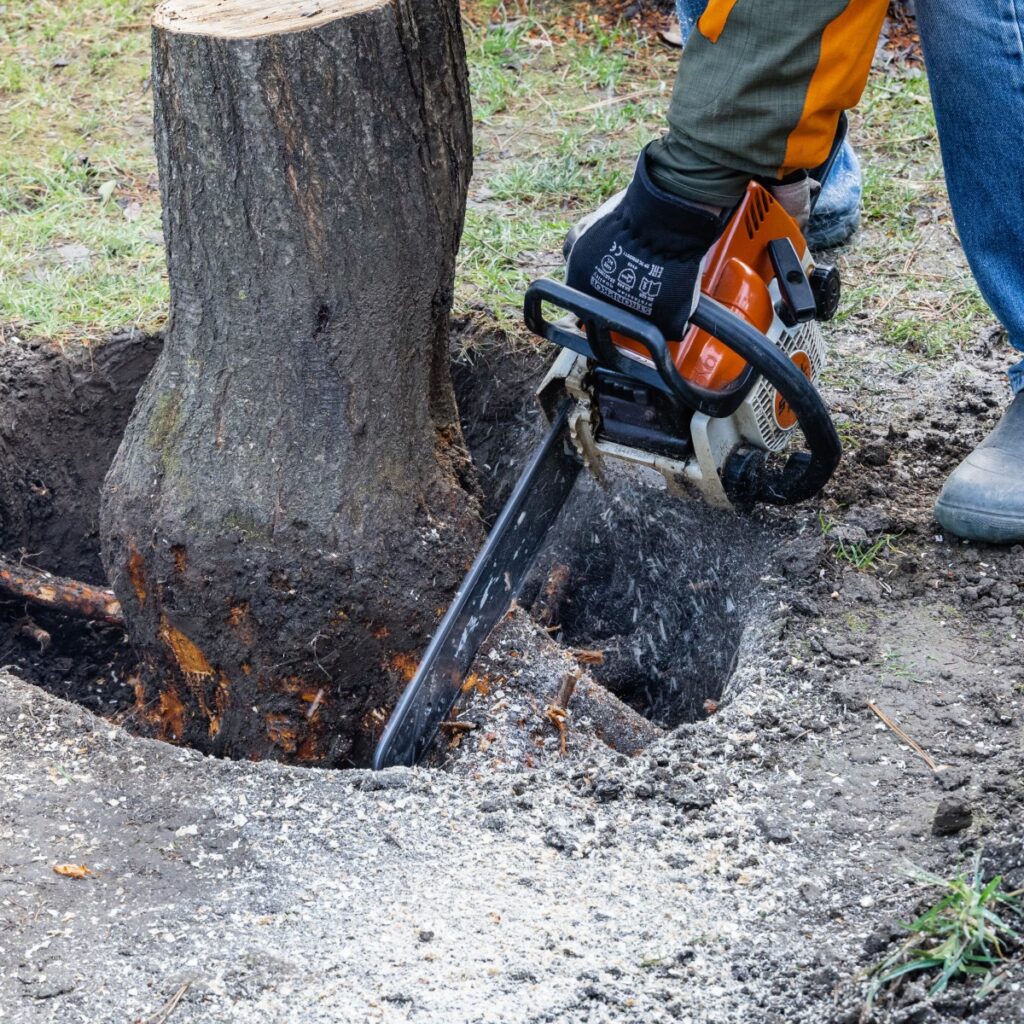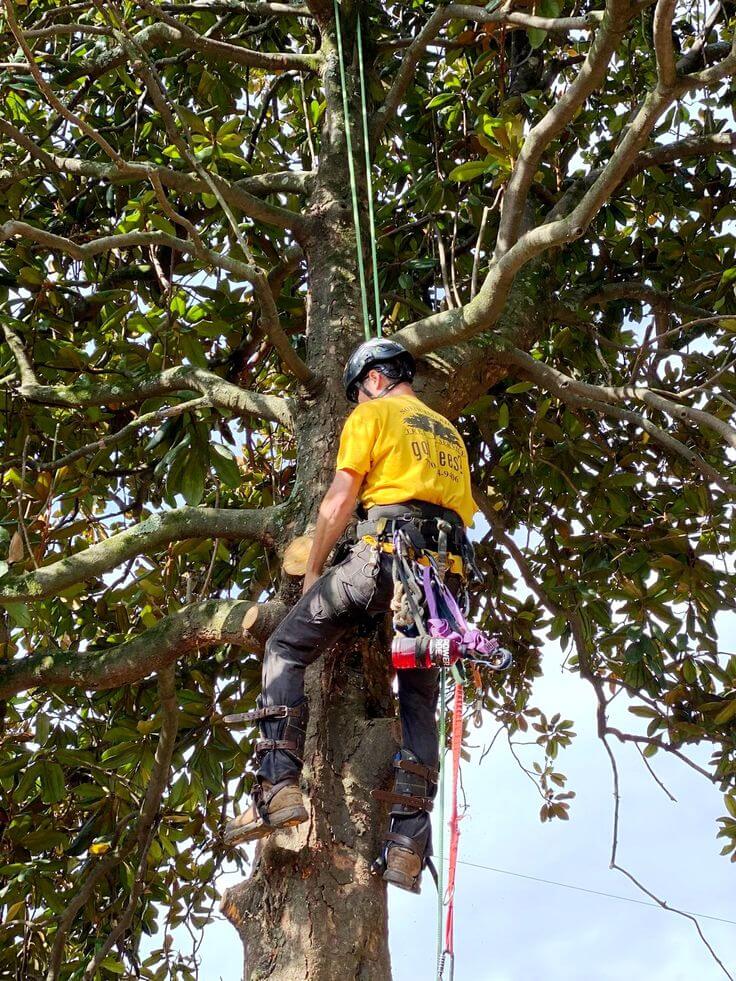Introduction
Tree stumps can be more than just an eyesore in your yard—they can pose safety hazards, attract pests, and make it difficult to mow your lawn or plant new trees. If you’re dealing with an old stump, you might be wondering about the cost of removal. In this article, we’ll dive into everything you need to know about tree stump removal costs, including what factors influence these costs, the different methods available, and tips for saving money.
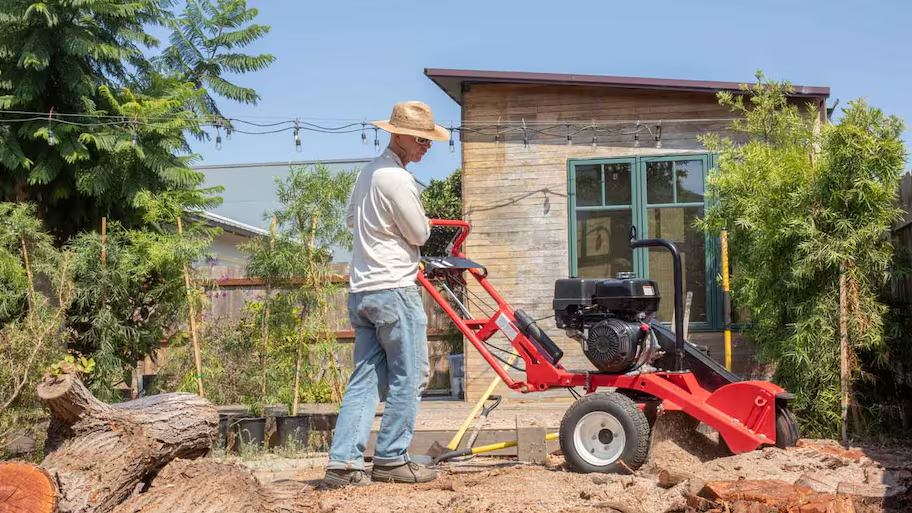
Understanding Tree Stump Removal
What Is Tree Stump Removal?
Tree stump removal involves getting rid of the remaining stump and roots after a tree has been cut down. This can be done through various methods, each with its own cost and level of difficulty.
Common Reasons for Tree Stump Removal
People remove tree stumps for several reasons. Some want to improve the appearance of their yard, while others need to eliminate tripping hazards or prevent the spread of diseases and pests. Additionally, stumps can get in the way of landscaping or new construction projects.
Factors Affecting Tree Stump Removal Cost
Size of the Stump
One of the most significant factors affecting the cost is the size of the stump. Larger stumps require more time, effort, and resources to remove, which naturally increases the cost.
Number of Stumps
If you have multiple stumps to remove, you may be able to get a discount. However, the overall cost will still be higher compared to removing just one stump.
Type of Tree
The type of tree the stump came from can influence the cost. Hardwood trees like oak are more difficult to remove than softer woods like pine, affecting the price.
Location of the Stump
If the stump is in a hard-to-reach area, such as close to a building or on a slope, the removal process becomes more complicated and expensive.
Accessibility of the Area
If your yard is difficult to access with heavy machinery, it could increase the cost of removal. Narrow gates, steep slopes, or other obstacles can make the job more challenging.
Method of Removal
The method you choose for stump removal also affects the cost. We’ll explore these methods in the next section.
Different Methods of Tree Stump Removal
Manual Removal
Manual removal involves digging out the stump by hand, using tools like shovels, axes, and saws. This method is labor-intensive and best suited for small stumps.
Stump Grinding
Stump grinding is one of the most common methods of stump removal. It involves using a machine to grind the stump down to below ground level. This approach is quicker and requires less effort than manually removing it.
Chemical Removal
Chemical stump removal involves applying a substance that accelerates the decomposition of the stump. While this method is less labor-intensive, it takes longer and might not be suitable for large stumps.
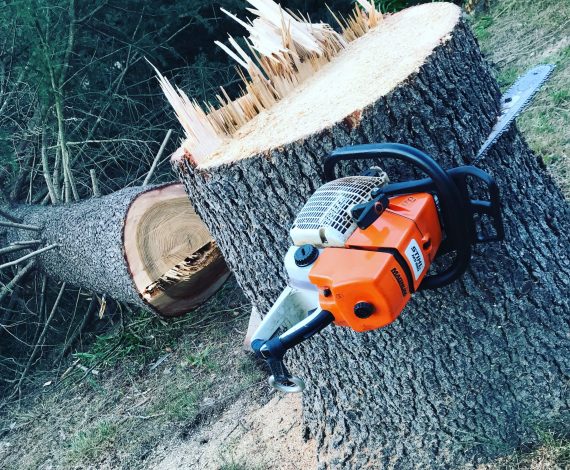
Burning the Stump
Burning the stump is another option, especially in rural areas. However, this method requires caution and might be subject to local regulations.
Professional vs. DIY Stump Removal
While DIY stump removal can save you money, it comes with risks and challenges. Professional services offer expertise and the right equipment, making the process quicker and safer.
Average Costs of Tree Stump Removal
Cost of Manual Removal
Manual removal is typically the least expensive option, but it’s also the most labor-intensive. Costs can range from $75 to $150 per stump, depending on size and location.
Cost of Chemical Removal
Chemical removal is one of the cheapest methods, with costs ranging from $20 to $100 for the necessary chemicals. However, this method requires patience as it takes time for the stump to decompose.
Cost of Burning the Stump
Burning is an inexpensive method, often costing less than $50, but it requires careful monitoring and might not be permitted in all areas.
This method is faster and demands less effort than doing it manually.
Grouping Multiple Stumps Together
If you have multiple stumps to remove, consider having them all removed at once. Many companies offer discounts for removing multiple stumps in one visit.
DIY Considerations
If you’re handy and have the time, DIY stump removal can save you money. Just be sure to assess the risks and have the right tools on hand.
Renting vs. Hiring Equipment
Renting a stump grinder can be a cost-effective solution if you’re comfortable operating machinery. However, hiring equipment also comes with risks, so weigh the pros and cons before deciding.
Off-Season Discounts
Some tree removal services offer discounts during their off-season. Consider scheduling your stump removal for a time when demand is lower to save money.
Questions to Ask Before Hiring
Before hiring a service, ask about their experience, the methods they use, and whether they offer any guarantees. It’s also wise to ask for references and check their credentials.
Importance of Getting Multiple Quotes
To ensure you’re getting a fair price, get quotes from multiple services. This allows you to compare costs and services to make an informed decision.
The Environmental Impact of Tree Stump Removal
Impact on Soil Health
Removing a stump can disturb the soil and potentially harm the health of your lawn. Consider filling the hole with soil and reseeding to restore the area.
Sustainable Tree Stump Removal
Practices Look for eco-friendly stump removal methods, such as grinding and using the wood chips as mulch. These practices minimize environmental impact while keeping your yard looking its best.
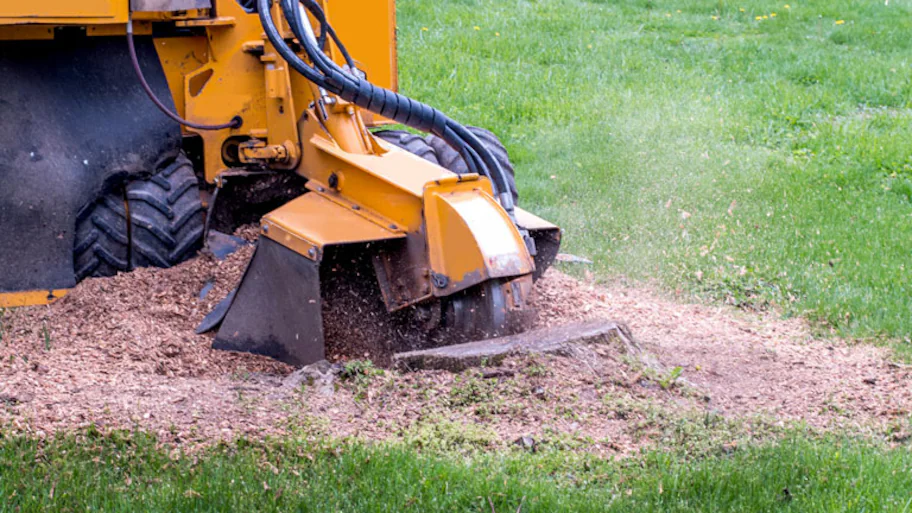
Safety Considerations
Risks Involved in DIY Removal
DIY stump removal can be risky, especially if you’re not familiar with the tools or methods. Common risks include injury from machinery, accidents during burning, or chemical exposure.
Necessary Safety Gear
If you’re removing a stump yourself, wear protective gear such as gloves, goggles, and sturdy boots. This can help prevent injuries and ensure a safer removal process.
